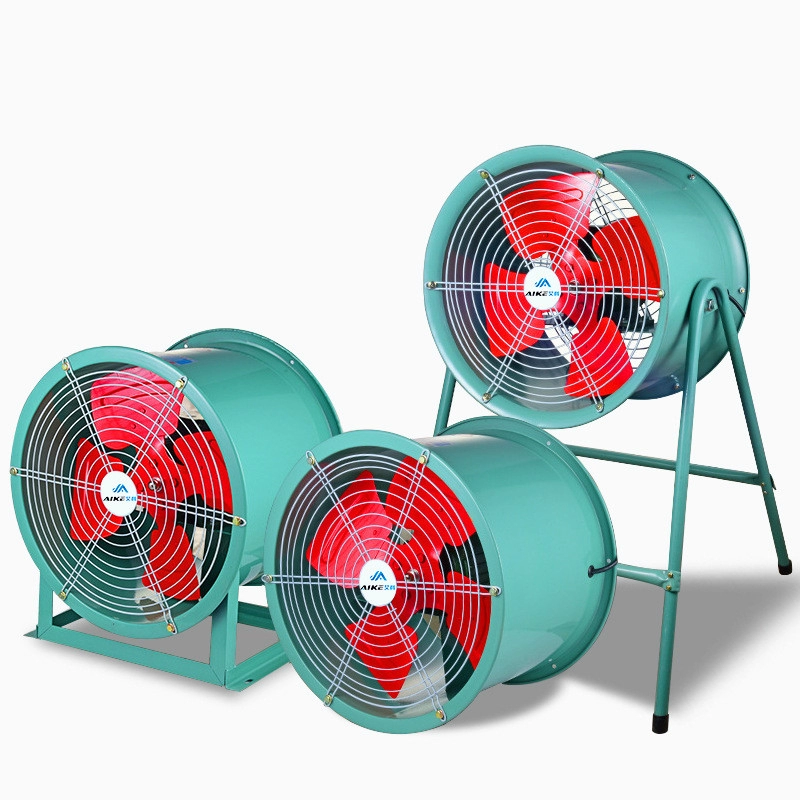
Factories face heat buildup year-round. Machinery, processes, and even lighting generate relentless thermal energy. Without proper ventilation, productivity drops 15-20% according to OSHA studies. Workers tire faster, equipment overheats, and energy costs soar. Traditional solutions? Often inadequate or energy-hungry.
Enter the axial exhaust fan. Unlike complex HVAC, these workhorses move massive air volumes efficiently. Picture giant desk fans on steroids – but engineered for 24/7 industrial punishment. Key advantages? Simple installation, low maintenance, and direct heat expulsion. Weiting’s axial exhaust fan series exemplifies this, handling corrosive fumes where others fail.
VOC buildup plagued a Michigan plant. Workers reported dizziness despite masks. Solution? Installing six 48-inch axial exhaust fans near booths. Result? Air changes per hour jumped from 4 to 12. Health complaints vanished overnight. ROI? Just 11 months.
Our team visited a Guangdong foundry in 2025. Molten metal zones hit 50°C (122°F). Standard fans warped. We specified titanium-bladed axial exhaust fans. Ambient temps dropped 8°C within weeks. Maintenance headaches? Cut by 70%.
| Feature | Traditional Centrifugal Fans | Modern Axial Exhaust Fans |
|---|---|---|
| Airflow Volume | Moderate (good for pressure) | High (ideal for volume) |
| Energy Efficiency | 60-70% | 85-92% (EC motor models) |
| Noise Level | 75-85 dB | 62-70 dB (variable speed) |
| Installation Flexibility | Ductwork required | Wall/roof mount, minimal ducts |
Step 1: Audit heat sources – map machinery hotspots using thermal cameras.
Step 2: Calculate CFM needs – use online calculators or consult engineers.
Step 3: Position strategically – place exhaust fans opposite clean air intakes.
Step 4: Secure mounting – industrial vibration demands robust brackets.
Step 5: Test & balance – use anemometers to verify airflow paths.
Undersizing Fans: “Saving” on smaller units backfires with overtime failures. Size up 20% for peak loads.
Ignoring Corrosion: Chemical fumes eat aluminum blades. Specify stainless steel or composites.
Skip Maintenance: Dust buildup slashes efficiency 40% annually. Clean blades quarterly.
Q: Can axial fans handle smoky environments?
A: Absolutely. Explosion-proof models with spark-resistant construction are common in welding shops.
Q: How often should belts be replaced?
A: Direct-drive EC motors eliminate belts! That’s 90% less maintenance versus older models.